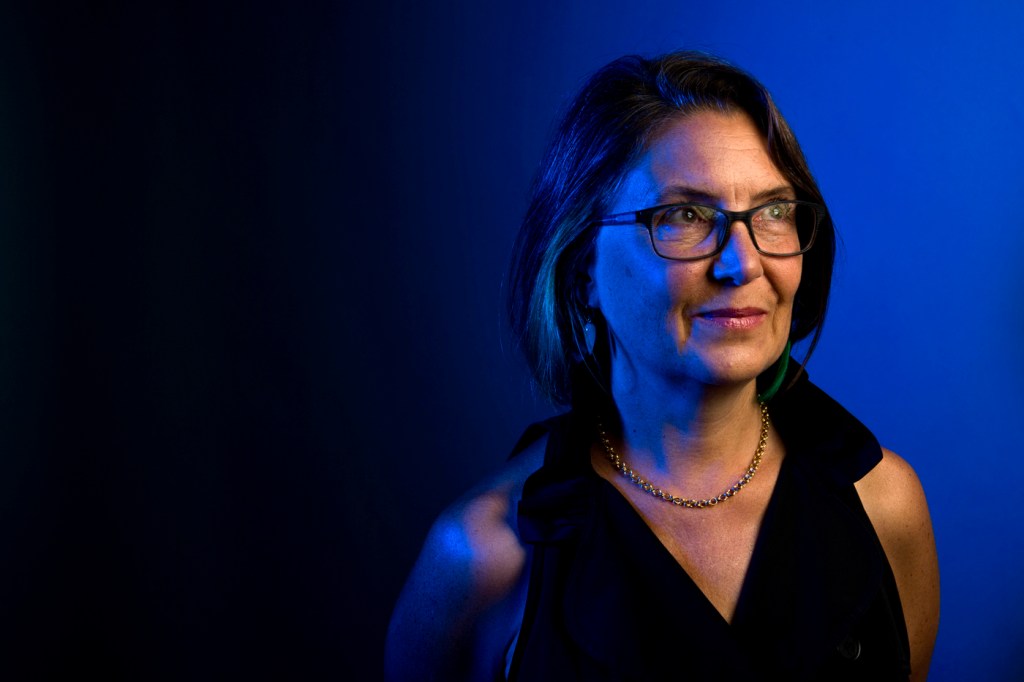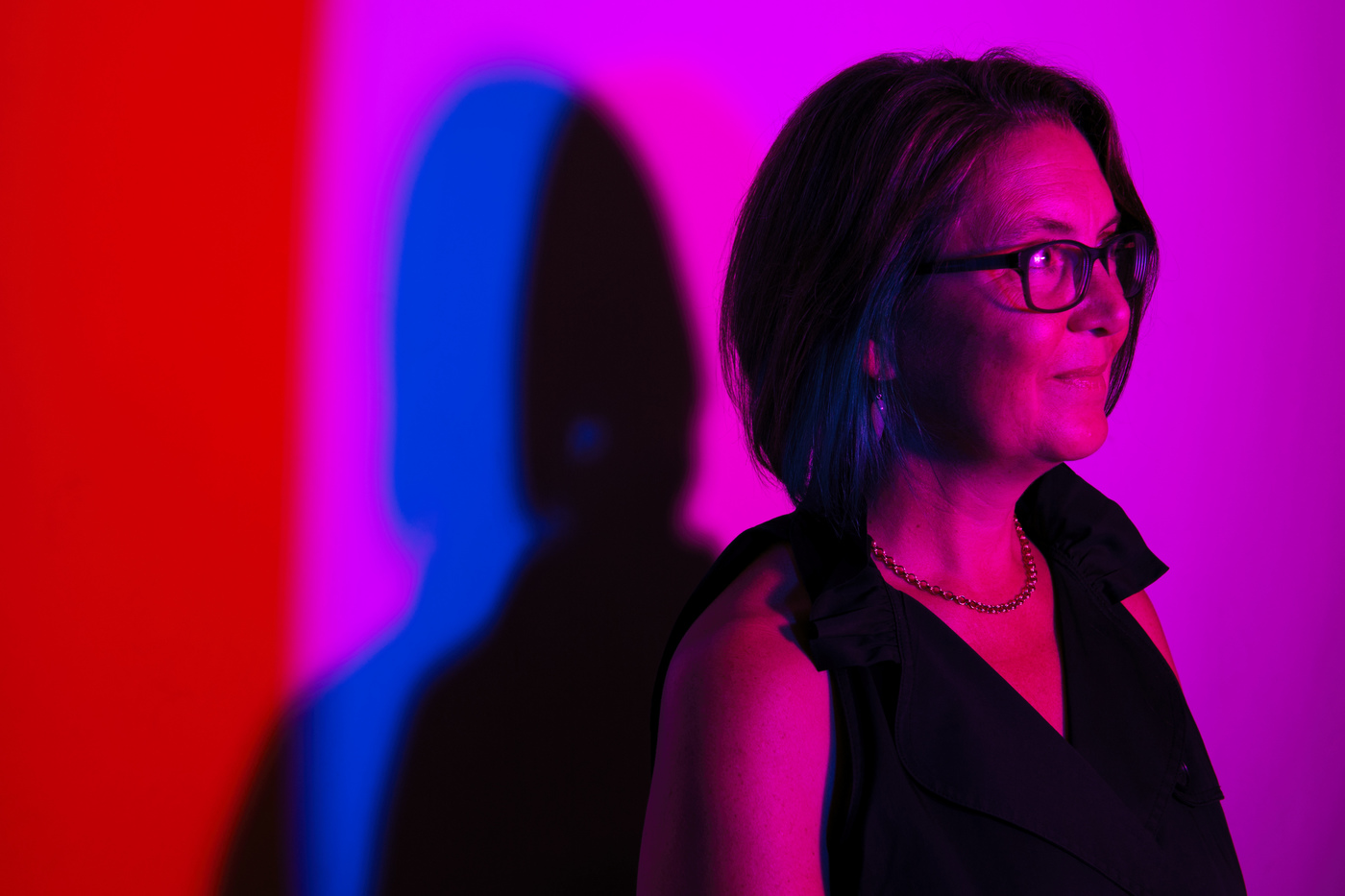These students are making science easier to understand on Wikipedia, one article at a time

Bridging the gap between science and communication is very important, but scientists rarely communicate their work effectively enough for a broad audience to understand.
That’s the principle that underpins an unusual task Cecelia Musselman assigns to students in her “Advanced Writing for the Sciences” course.
Students earning a degree in science are in a unique position to translate scientific topics into easily digestible information for people who may not have a scientific background, said Musselman, an associate teaching professor of English.
“So improving Wikipedia’s coverage of science topics is valuable work that they are well positioned to do,” she said.
It’s not often that something you write can create an immediate, visible change, but being able to publish my article and expand the information about women in STEM online was really satisfying.
Anna Cullen, Chemistry student
As part of the course, students are expected to write scientific articles that are published on Wikipedia. Students had a fair amount of leeway in choosing a topic. Musselman only set two guildines: the subject must fall under the student’s major and the student must have at least some background knowledge of it.
She had support from the Wiki Education Foundation, a nonprofit organization that strives to provide free educational content to a global audience. The foundation gave her a Dashboard page, where she could track her students’ progress on the assignment, and provided an editor to work with the students on the article’s structure.
Musselman said the writing-intensive course challenged the way students studying science have been taught to communicate.
“As undergraduates, most of their writing has been about making a point, making an argument, pushing back using their own voice,” she said. “Writing for Wikipedia is about giving neutral, factual information. So that’s a big change from what they’re used to.”
Anna Cullen, a fourth-year chemistry student, wrote about Lucy Evelyn Peabody, an environmental conservationist in the 1800s who helped found Mesa Verde National Park in Colorado. Cullen found Peabody’s name on Wikipedia’s Women in Red page, which lists prominent women who should have Wikipedia pages but don’t.

Cullen found the research challenging, mostly because there was so little information about Peabody.
“My sources were mostly books with brief mentions of Lucy Peabody, and there were very few primary sources available,” Cullen said. “It is much more difficult to find information about underrepresented people because often the information about them isn’t even recorded in the first place.”
Musselman said writing an article that would be instantly accessible to the entire world terrified some of hers students. But Cullen embraced the project with enthusiasm.
“It’s not often that something you write can create an immediate, visible change,” she said, “but being able to publish my article and expand the information about women in STEM online was really satisfying.”





